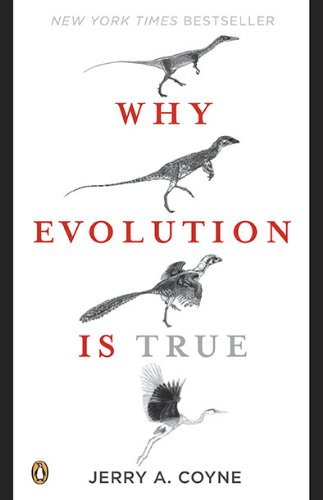Evolution of the Eye
A possible sequence of such changes begins with simple eyespots made of light-sensitive pigment, as seen in flatworms. The skin then folds in, forming a cup that protects the eyespot and allows it to better localize the light source. Limpets have eyes like this. In the chambered nautilus, we see a further narrowing of the cup’s opening to produce an improved image, and in ragworms the cup is capped by a protective transparent cover to protect the opening. In abalones, part of the fluid in the eye has coagulated to form a lens, which helps focus light, and in many species, such as mammals, nearby muscles have been co-opted to move the lens and vary its focus. The evolution of a retina, an optic nerve, and so on, follows by natural selection. Each step of this hypothetical transitional “series” confers increased adaptation on its possessor, because it enables the eye to gather more light or form better images, both of which aid survival and reproduction. And each step of this process is feasible because it is seen in the eye of a different living species. At the end of the sequence we have the camera eye, whose adaptive evolution seems impossibly complex. But the complexity of the final eye can be broken down into a series of small, adaptive steps.
Notes:
A simple series of adaptive steps explain the evolution of eyes over time.
Folksonomies: evolution links process
Taxonomies:
/business and industrial/manufacturing (0.472455)
/food and drink/beverages/non alcoholic beverages/coffee and tea (0.427679)
/science/medicine/surgery (0.402893)
Keywords:
adaptive steps (0.935404 (positive:0.773809)), different living species (0.811812 (neutral:0.000000)), form better images (0.810865 (positive:0.378000)), light-sensitive pigment (0.709634 (negative:-0.268021)), possible sequence (0.638953 (neutral:0.000000)), simple eyespots (0.607963 (neutral:0.000000)), protective transparent (0.593205 (neutral:0.000000)), simple series (0.588151 (positive:0.773809)), optic nerve (0.586932 (negative:-0.387417)), light source (0.584288 (neutral:0.000000)), natural selection (0.581738 (positive:0.614232)), adaptive evolution (0.561080 (neutral:0.000000)), final eye (0.546648 (negative:-0.694745)), camera eye (0.521525 (neutral:0.000000)), cup (0.414511 (positive:0.454724)), lens (0.368408 (neutral:0.000000)), Limpets (0.331564 (positive:0.362539)), abalones (0.324183 (neutral:0.000000)), narrowing (0.323852 (positive:0.374045)), flatworms (0.315489 (neutral:0.000000)), muscles (0.289295 (neutral:0.000000)), retina (0.284422 (neutral:0.000000)), opening (0.281121 (negative:-0.306291)), skin (0.278636 (neutral:0.000000)), time (0.278544 (positive:0.773809)), changes (0.278042 (neutral:0.000000)), mammals (0.274891 (neutral:0.000000)), adaptation (0.273810 (neutral:0.000000)), complexity (0.273479 (negative:-0.694745)), cover (0.273277 (negative:-0.306291))
Entities:
flatworms:City (0.849043 (neutral:0.000000))
Concepts:
Eye (0.979956): dbpedia | freebase | opencyc
Natural selection (0.889181): dbpedia | freebase
Retina (0.867349): dbpedia | freebase | opencyc
Charles Darwin (0.739385): dbpedia | freebase | opencyc | yago
Species (0.616525): dbpedia | freebase | opencyc
Protection (0.571685): dbpedia
Cone cell (0.559207): dbpedia | freebase
Crystallin (0.540969): dbpedia | freebase | yago





